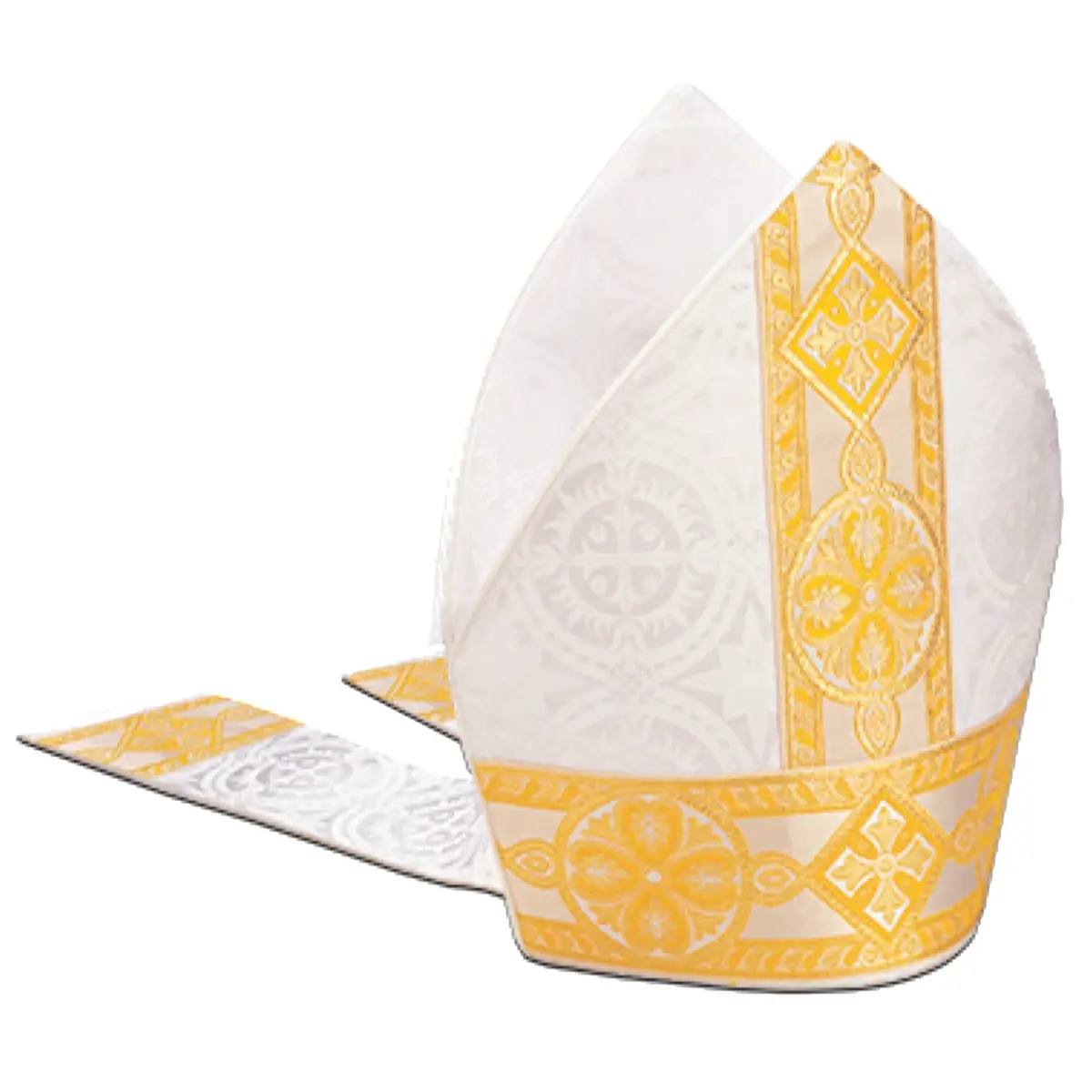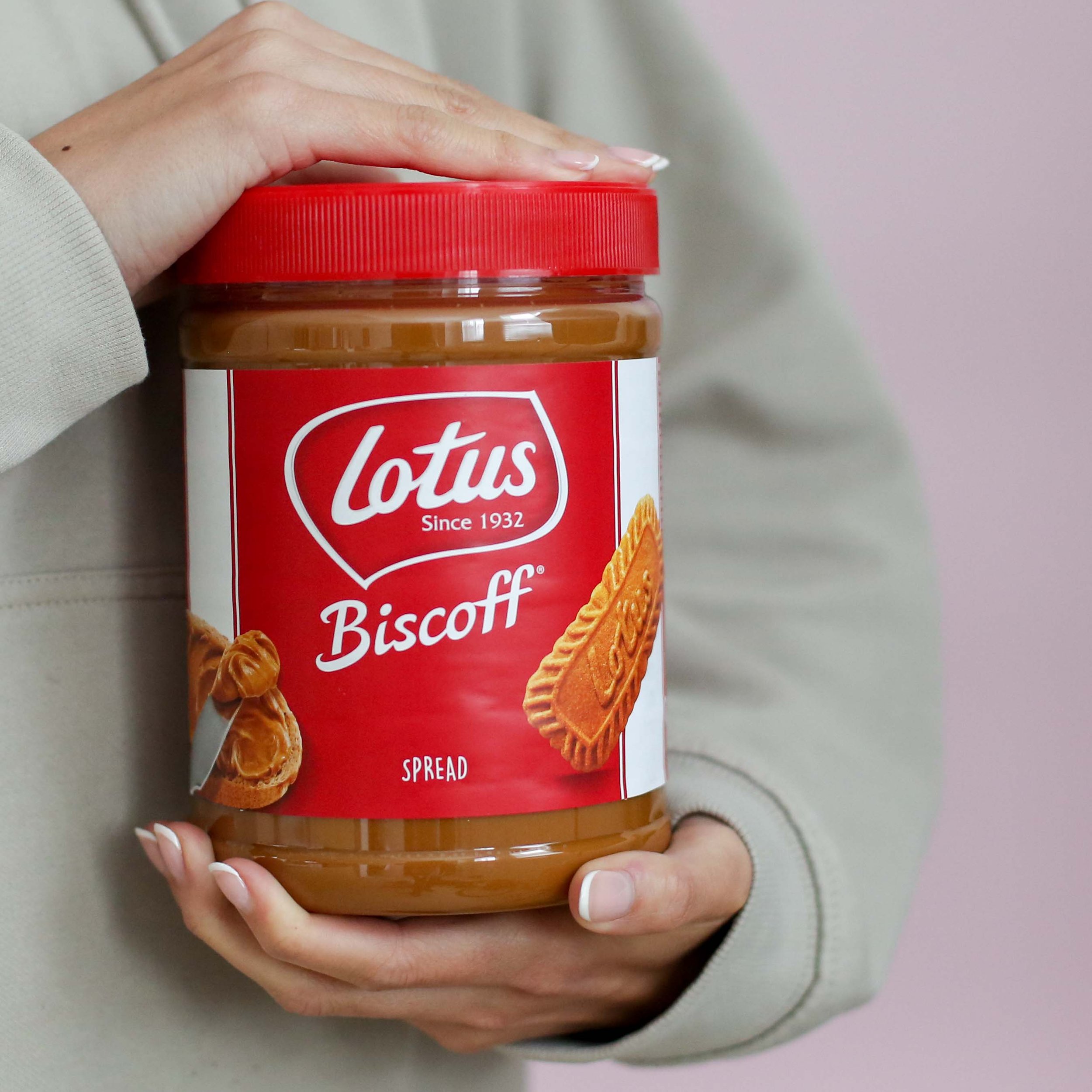
Baker
Biscoff vs. Speculaas - Uncovering the Difference
In the world of sweet treats, few things rival the delight of indulging in a delicious spiced biscuit. Two names that often pop up in conversations about such delectable delights are Biscoff and Speculaas - particularly when talking about Dutch desserts! In recent years these delectable creations have gained immense popularity worldwide, leaving many wondering: What exactly sets Biscoff and Speculaas apart? In this blog post, we'll delve into the fascinating world of these cinnamon-spiced cookies, exploring their origins, flavours, and even their versatility in various culinary creations. Let's embark on a tasty journey and discover the key differences between Biscoff and Speculaas!

The Origins of Biscoff and Speculaas
Both Biscoff and Speculaas trace their origins back to Europe, where they hold a special place in their country's culinary heritage. Speculaas, whose name derives from the Latin word "speculator" meaning "bishop," were traditionally baked for St. Nicholas' Feast on December 6th and comes from Holland. These thin, spiced biscuits were often shaped like the bishop's headwear, known as a mitre, or other related symbols.

On the other hand, Biscoff, shorthand for "biscuit with Coffee," was born in Belgium in the 1930s. Originally, these delightful treats were served alongside coffee in cafés. However, it wasn't until the 1958 World Expo in Brussels that Biscoff's popularity skyrocketed, as they were given out on flights departing from Belgium. Biscoff's unique flavor profile and crunchy texture gained a devoted following, paving the way for the worldwide adoration it enjoys today.
Are there Differences in Flavour and Texture?
While both Biscoff and Speculaas share a common base of ingredients, they do have distinct flavor profiles. Speculaas cookies tend to have a more pronounced cinnamon taste with hints of nutmeg, cloves, and ginger, providing a warm and aromatic experience. They are often crisp and can be delightfully crunchy or slightly chewy, depending on the specific recipe.
Biscoff, on the other hand, offers a slightly milder cinnamon flavor that is complemented by a caramel-like sweetness. These cookies have a distinctive crispness and crumble easily, resulting in a light and airy texture that is often described as "melt-in-your-mouth."
What's the difference between speculaas and speculoos?
You'll be forgiven for thinking speculaas and speculoos are the same thing, as the terms are often used interchangeably. However, Speculaas, originating from the Netherlands, is the traditional name for these spiced treats. These cookies are often shaped using intricate wooden molds or stamps, resulting in beautifully detailed designs. The spice blend typically includes cinnamon, nutmeg, cloves, ginger, and sometimes cardamom, giving them a warm and aromatic flavor profile.
 Speculoos, on the other hand, is the Belgian equivalent to Speculaas. Unlike Speculaas, Speculoos tend to be round or rectangular in shape and lack the intricate designs found on their Dutch counterparts. The spice blend used in Speculoos is similar, however it tends to use cassia instead of cinnamon as cassia is much cheaper.
Speculaas can also sometimes include almond paste to give a subtle nutty flavor, whilst Belgian Speculoos on the other hand can have a more pronounced caramelised taste from the addition of brown sugar or syrup.
Speculoos, on the other hand, is the Belgian equivalent to Speculaas. Unlike Speculaas, Speculoos tend to be round or rectangular in shape and lack the intricate designs found on their Dutch counterparts. The spice blend used in Speculoos is similar, however it tends to use cassia instead of cinnamon as cassia is much cheaper.
Speculaas can also sometimes include almond paste to give a subtle nutty flavor, whilst Belgian Speculoos on the other hand can have a more pronounced caramelised taste from the addition of brown sugar or syrup.
What about Biscoff spread?
While both Biscoff and Speculaas are best known in their biscuit form, Biscoff has gained worldwide fame for its smooth and creamy spread, marketed by Lotus as "Biscoff Spread", which is available in both smooth and crunchy formats. Made from finely ground Biscoff cookies, the spread captures the unique taste of the original biccies while allowing it to be enjoyed in various ways. Whether smeared on toast, used as a dip for fruits, or incorporated into baked goods, in recent years it has become a versatile ingredient beloved by many around the world.
 On the other hand, Speculaas is often associated with its traditional cookie form and is less commonly found as a spread. Nevertheless, some variations of Speculaas spreads can be found, usually crafted to replicate the beloved flavors of the cookies. However, these spreads are not as widely available or popular as Biscoff Spread.
On the other hand, Speculaas is often associated with its traditional cookie form and is less commonly found as a spread. Nevertheless, some variations of Speculaas spreads can be found, usually crafted to replicate the beloved flavors of the cookies. However, these spreads are not as widely available or popular as Biscoff Spread.
In summary
In the world of spiced cookies, Biscoff and Speculaas hold a notable place, each with their own unique characteristics. Speculaas offers a distinct cinnamony spice blend with a crisp texture, while Biscoff delights with a caramelized sweetness and a crumbly, melt-in-your-mouth sensation. Biscoff has further solidified its position by introducing the beloved Biscoff Spread, allowing its fans to enjoy its taste in innovatively delightful forms.
So, next time you find yourself reaching for a Speculaas biscuit to accompany your afternoon tea, make sure to reflect on the rich history enveloped within its flavours. Smakelijk eten!

